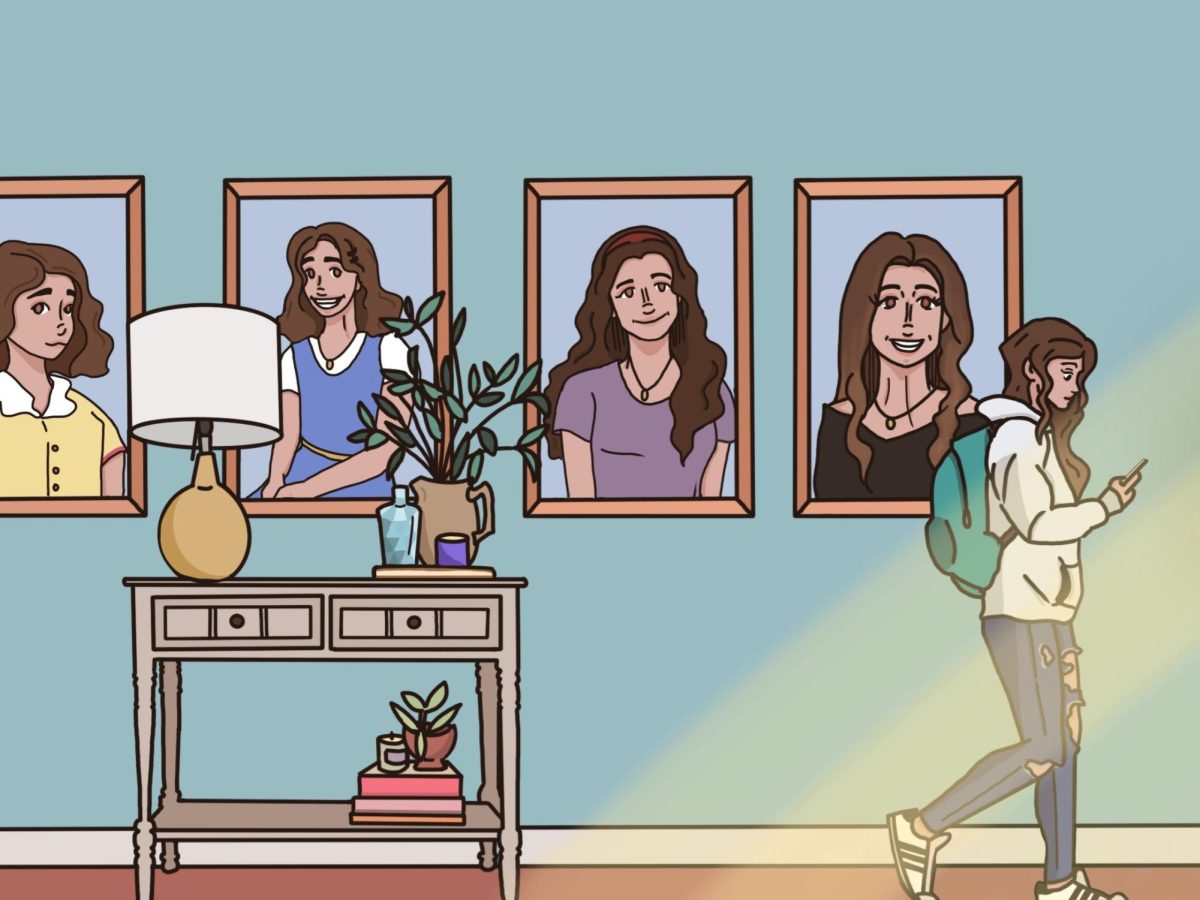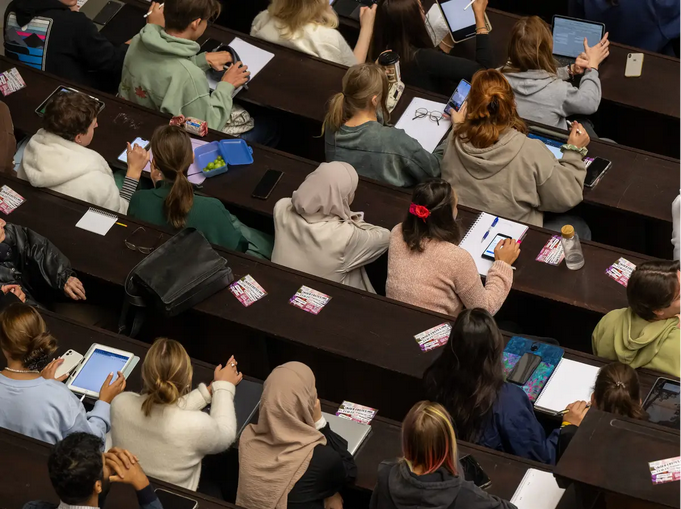Coined by British sociologist Ruth Glass, gentrification has played a pivotal role in American society and economy since the 1960s. Notorious for being a social and moral threat to minorities, gentrification is a process of urban revitalization in which wealthier individuals move into a deteriorating neighborhood in hopes of transforming the region into a better living environment. Despite the common argument of redevelopment being bad, there is no doubt that gentrification allows for major economic growth in such impoverished communities. Gentrification perpetuates prosperity by lowering poverty rates, improving infrastructure, and decreasing criminal activity, which further benefits residents living in an underprivileged community.
Urban renewal offers hope for poverty-stricken communities through a pathway to prosperity. Specifically, gentrification can potentially reduce poverty within gentrifying areas. A report from Mackinac Center’s educational and research institute claimed that the poverty rate for individuals who remain in gentrified regions “drops by 7 percent”, while others who left “are no worse off.” As newer inhabitants move into the renovated areas, they bring with them increased investment, job creation, and entrepreneurial activities. New goods and services instigate a cycle of business flow that hits the economy like a butterfly effect. For example, opening a new clothing store means opening the door for potential employees such as cashiers, retailers, and associates. This influx of economic growth stimulates employment opportunities, especially for low-income individuals. Spending precious time and money on domestic reconstruction is an effort to transform cities in desperate need of improvement and assistance. With enough commercial development in such neighborhoods, previous residents and families allow themselves to have better and healthier prospects, potentially giving their children a better chance at living a quality life.
Undoubtedly, the process of gentrification has a profound effect on the overall infrastructure of a community or neighborhood, especially if they are overlooked. As gentrification prompts the revitalization of certain areas, the increased investments brought by new residents improve the region’s public facilities and services, such as public transportation, access to healthcare and education, parks, and green spaces. A significant impact of improved infrastructure is the skyrocketing property values after immense amounts of money have been invested into the older residents’ homes. UK’s publishing company “Emerald Insight” analyzed that residents who are near a gentrified region experience increasing “housing value by around 6%-8%.” As more of these undermined areas go through renovation and improvements, property values increase. In return, this benefits the property owners and residents who gain profit through increased property values as they can sell their homes for higher prices. As for the economy, the higher the property value, the more property taxes are collected from high-income individuals that can be used to pay for important public services. The general impact of a good community structure is essential for enhancing the inhabitants’ well-being and the living environment’s sustainability.
Lastly, neighborhood revitalization allows communities and neighborhoods to undergo a positive transformation in terms of safety and security. As more higher-income people move into neighborhoods, a crucial amount of investments are made in housing protection, public safety measures, and social conditions. Implementations of better street lighting, surveillance cameras, and regional watch programs are just a few examples of urbanized responses to poor communities. Moreover, the combined impact of decreased poverty rates and improvements in infrastructure lowers the chances of less privileged individuals resorting to crime. This allows a decrease in the crime rate, which is often a persistent problem in neglected communities. A “DailyTrojan” article from the student newspaper industry, discusses how many Southern Los Angeles residents have seen their neighborhood drastically change as “many of these ‘unwritten rules’” of gang violence have been forgotten by the newer residents. A Los Angeles police report claimed to see crime decrease by “67.2% since 1992 in the city.” As newer inhabitants move into disadvantaged areas, the surrounding community will be renovated into an environment that the current individuals prefer, which means getting rid of any traces of misdemeanors, as seen in present-day Southern Los Angeles. These gentrification efforts are executed to prevent further criminal activity and create a safer environment for residents of all levels of income.
On the other hand, one could argue that gentrification promotes economic development at the cost of the displacement of long-term residents. Urban restructuring could lead to minorities and disadvantaged people losing affordability for houses, and in turn, getting displaced by wealthier residents, rather than being lucky enough to benefit from the process. However, displacement is not an issue caused by the process of gentrification but is rather a consequence of inadequate policies placed by society. Regional revitalization should simply be in responsible hands and managed properly instead of blindly replacing residents one by one without any system. To say that gentrification as a whole cannot favor a community or neighborhood is blatantly wrong and undermines the complicated factors behind the process. A “CityObservatory” study of a neighborhood transformation from the early 1970s to 2010s demonstrated how poorer regions that did not go through gentrification as they had “lost 40 percent of their population over four decades” opposed to regions that did go through revitalization and “recorded increases in population.” Not only does this show how gentrification is not the only factor held responsible for the displacement of residents, but renovation and urbanization are a must to ensure that certain places will continue to be diverse and qualified.
As a whole, while gentrification is a contentious issue, it undeniably brings significant benefits to society. By revitalizing neglected neighborhoods, it stimulates economic growth, better infrastructure, and a safer environment. While it is important to address the challenges and ensure that the benefits of gentrification are equally distributed to everyone, its potential to create vibrant communities cannot be overlooked. Through thoughtful policies and initiatives, gentrification can indeed serve as a spark for positive changes in our cities.




































![Bannister, M. (2015) “Croydon Citizen - Gentrification Issue” [Image]. https://bannisterimages.com/blog/croydon-citizen-gentrification-issue](https://hawkeyejps.com/wp-content/uploads/2024/05/Croydon-Citizen-cover-web.jpg)
